The ASUS Zephyrus G14 gaming laptop comes with either 8 or 16 gigs of memory soldered to the motherboard, and it’s also got one memory slot for upgrades, but is it something that you really need to have? We’ve compared 10 games and more to show you all the differences!
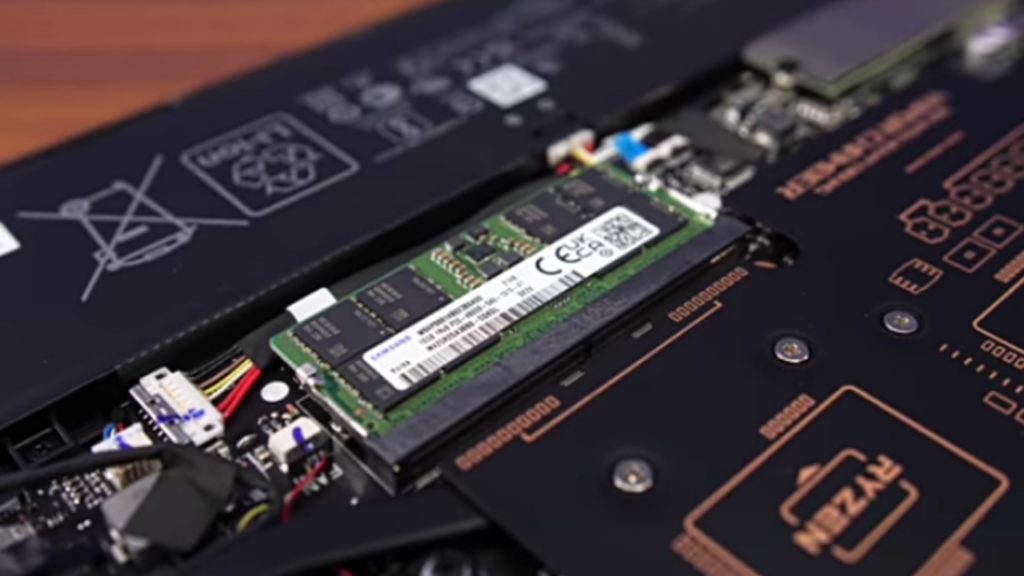
DDR4 Single vs Dual Channel
Now with the older DDR4 version of the G14, if it did not have a memory stick installed it would be running in a single channel using just the memory soldered to the motherboard. But if it did have a memory stick installed then it would be running in dual channel. I’ve already shown many times in the past that the DDR4 dual-channel gives a performance boost compared to DDR4 single channel, so 2 sticks instead of 1, but DDR5 is a little different.
DDR5 Dual vs Quad Channel
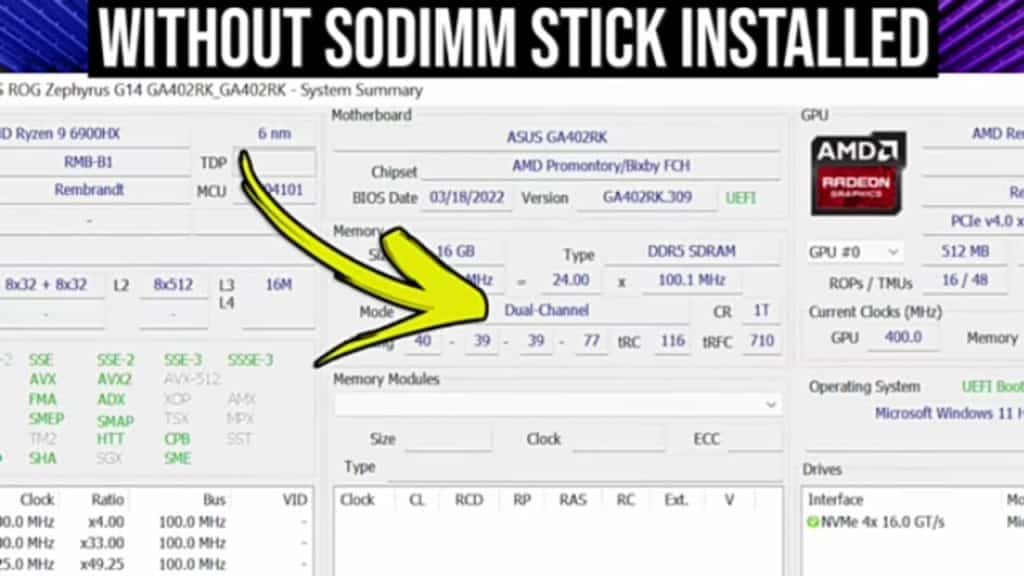
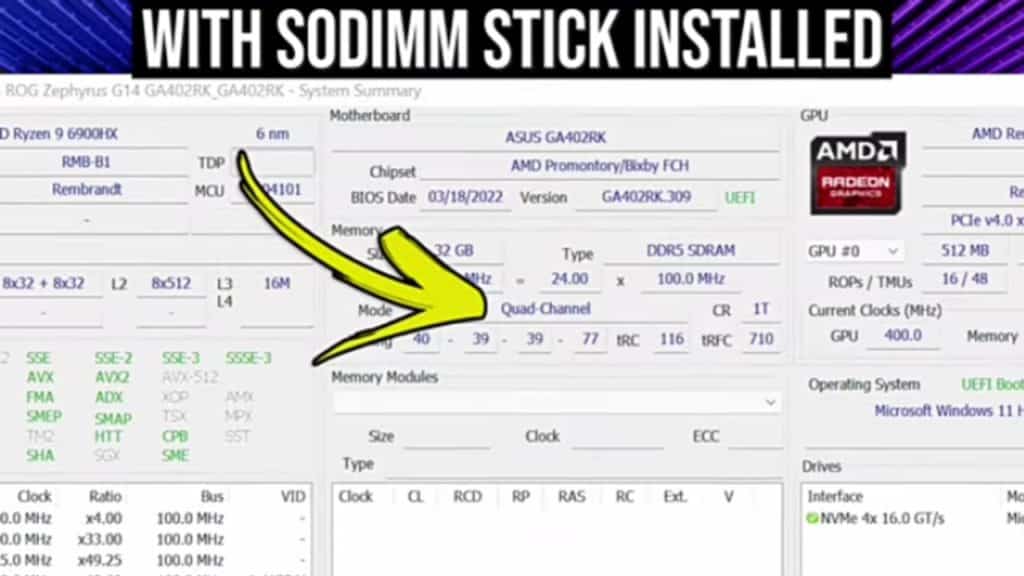
Take this example for instance, with the new 2022 G14 running without memory installed Hardware Info shows it as running in a dual-channel, and then it reports it as a quad-channel with the stick installed.
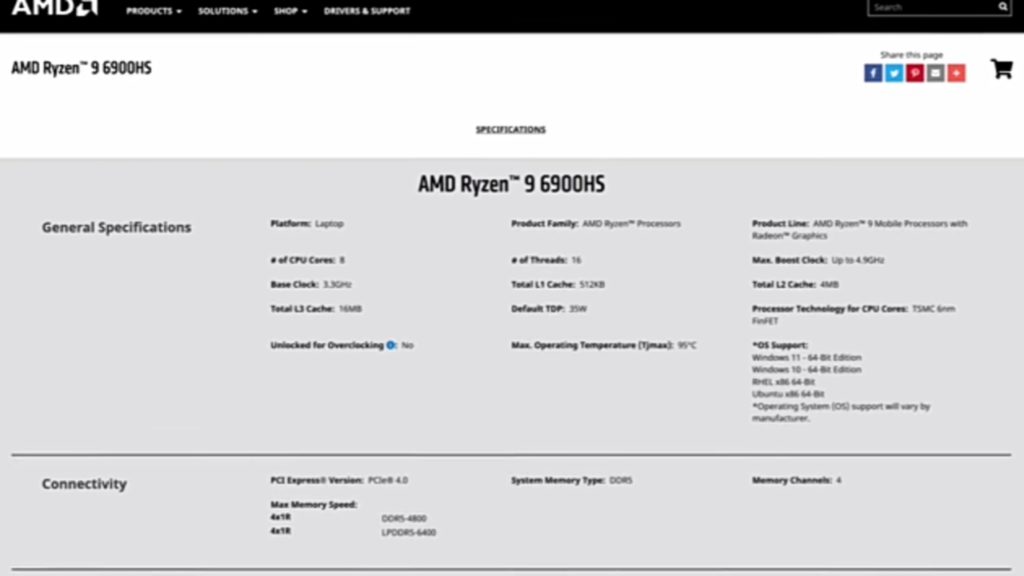
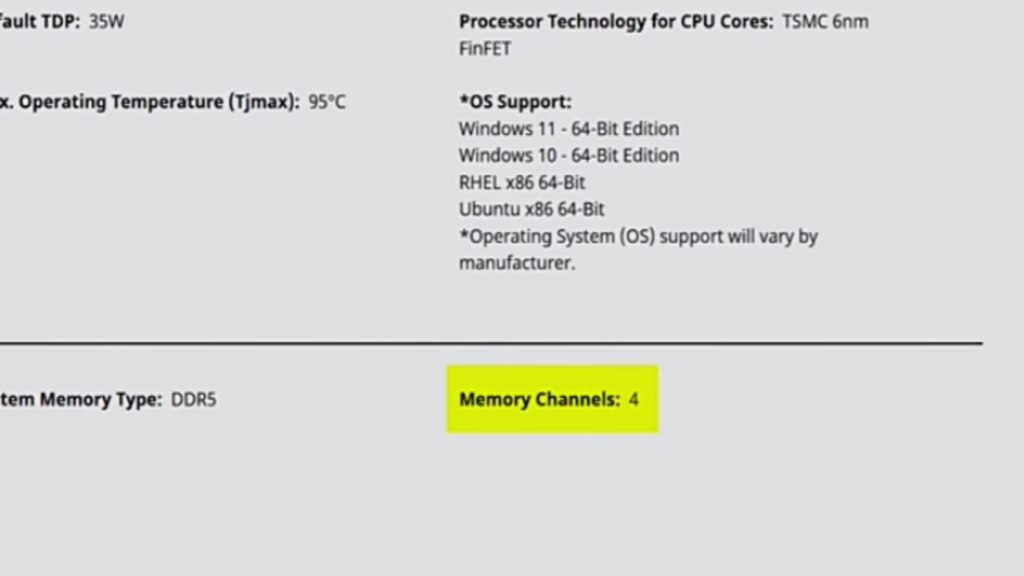
Even AMD’s website lists the Ryzen 9 6900HS CPU that’s in the G14 as having 4 memory channels, so what’s going on here?
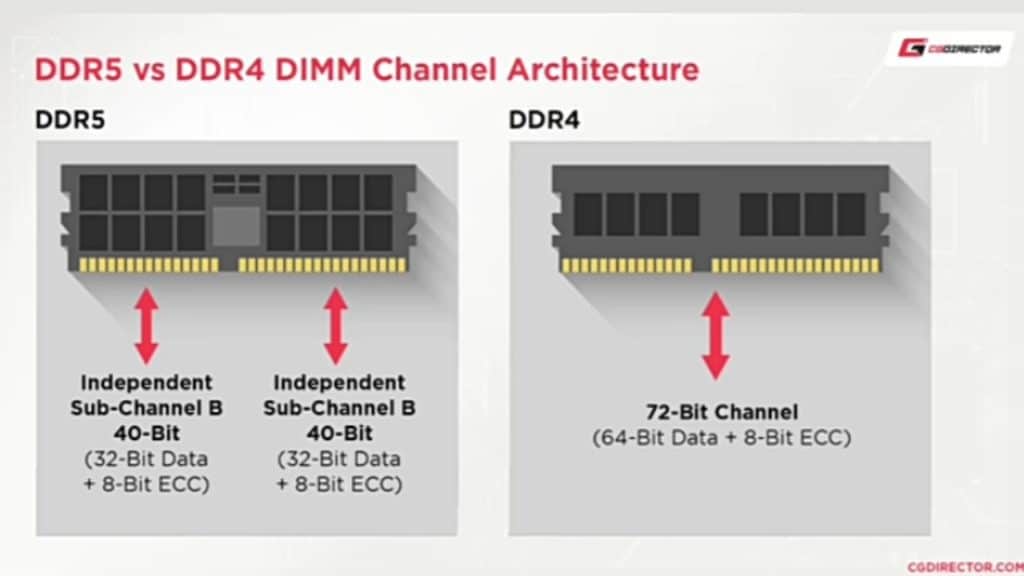
While older DDR4 offers one 64-bit channel per stick, newer DDR5 memory gives us two 32-bit wide channels for each memory stick, so technically in that regard running with two DDR5 memory sticks in your laptop could be viewed as a quad-channel.
Although the G14 in particular only has one memory stick, we can imagine that the memory soldered to the motherboard is basically a second stick, just one that can’t be removed. So the G14 is running right now without its memory stick and is currently running in dual channel.
So if we’re already getting the performance gains of dual-channel without the stick installed it leads me back to my original question – do we need the extra stick? Or are we still going to get some sort of performance boost with quad-channel? You know, I’m not actually sure if anyone’s going to be selling the G14 without a memory stick installed. I know that definitely was an option in last year’s configuration but so far all the 2022 models I’ve seen seem to have a memory stick listed in the specs.
But regardless, this still should be useful for seeing the differences between DDR5 dual-channel and DDR5 quad-channel, and that’s the main reason I wanted to write this article. Because this should still apply to every other DDR5 laptop that has two memory sticks.
G14 Tested Memory
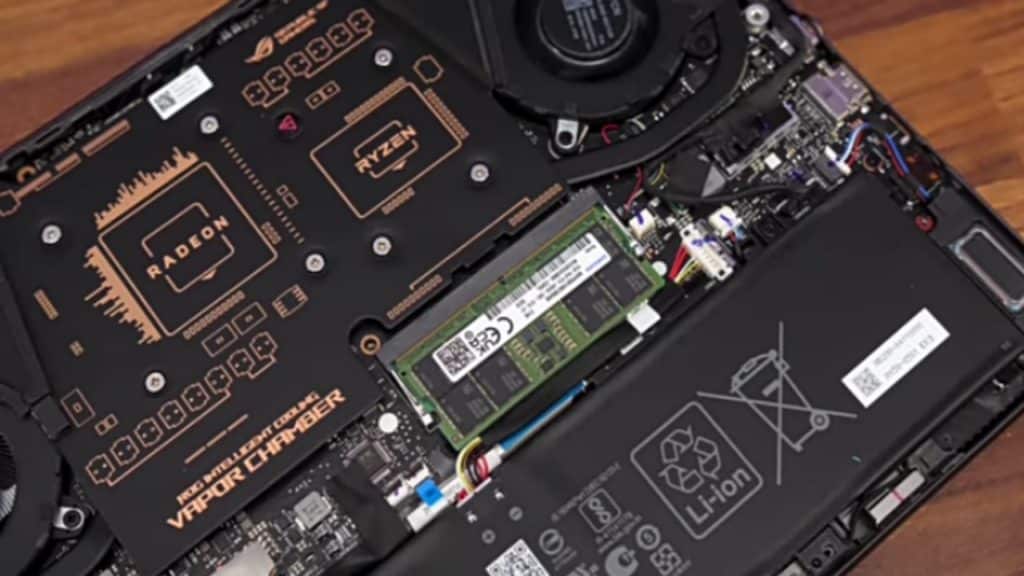
I’ve only used the default stick of memory that came in my G14 when testing with RAM installed, but it’s possible different countries might get different sticks than this, which could affect results.
Aida64 Cache And Memory Benchmark
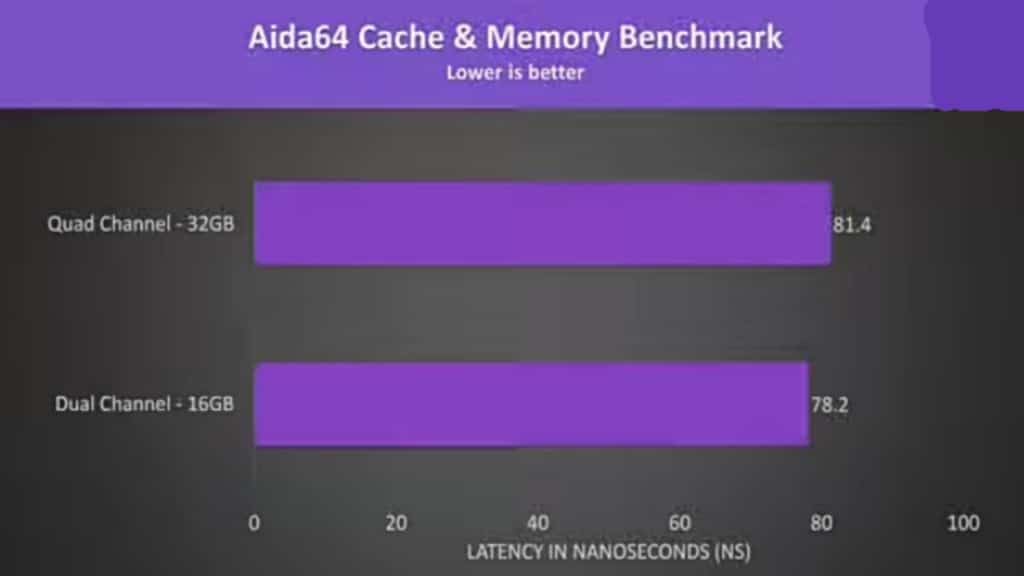
The Aida64 Cache and Memory benchmark was used to measure memory latency, and it was actually slower with the memory stick installed. Granted it is a fairly small amount, but still worth noting.
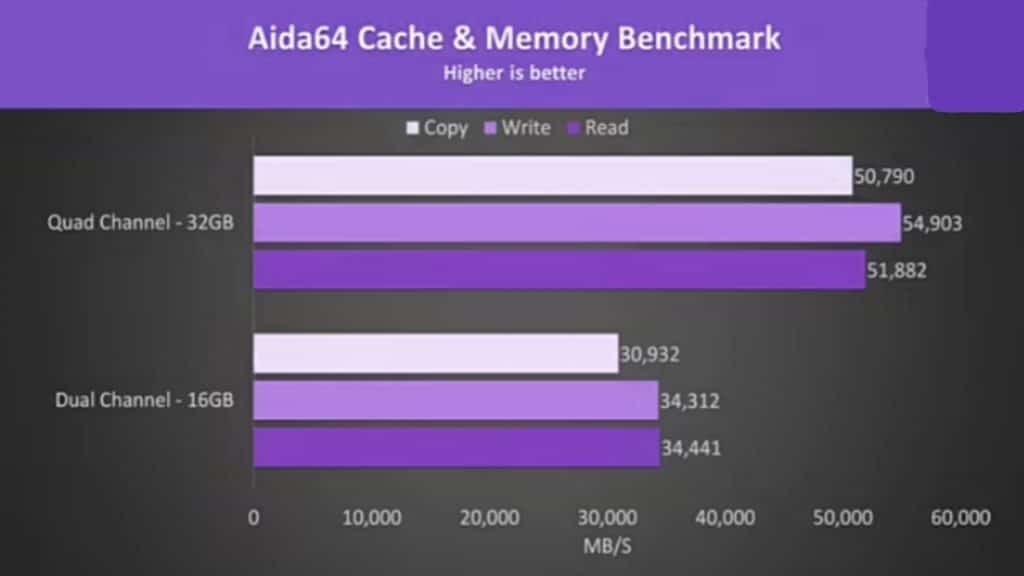
It’s a different story when we look at reading, copy and write speeds though. We’re talking more than a 50% speed boost with the extra stick installed, but how does this translate into gaming performance?
System Latency Differences
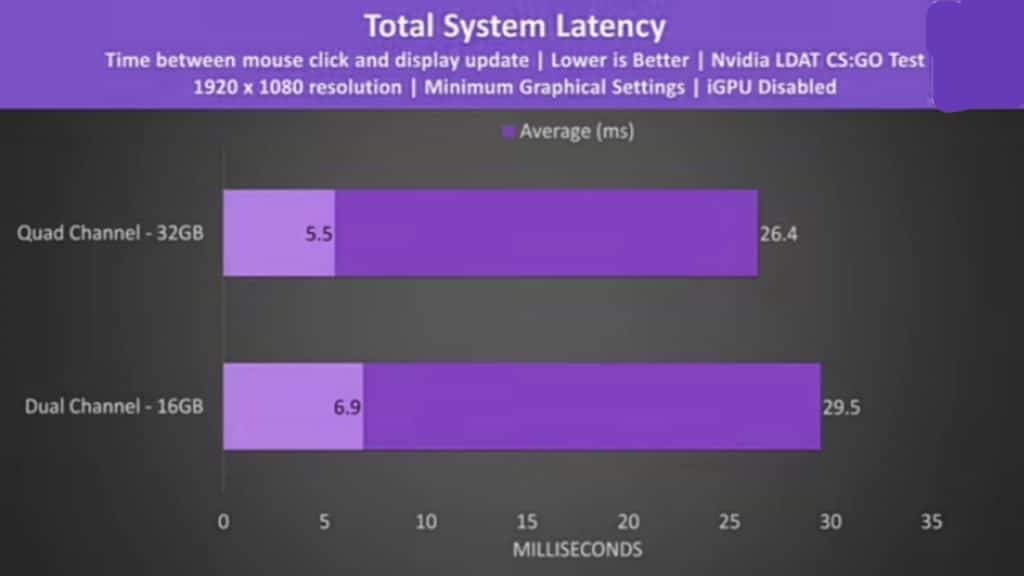
These are the differences in total system latency, the total amount of time between when a mouse button is pressed and when a gunshot appears on the screen in CS: GO. Having the memory stick installed was just over 3ms faster on average, a 10% difference, so competitive players are probably going to want that stick installed.
10 Games Tested!
What about game FPS though? We’ve tested 10 games at all setting levels to show you all the differences, then after that, we’ll look at some content creator workloads.
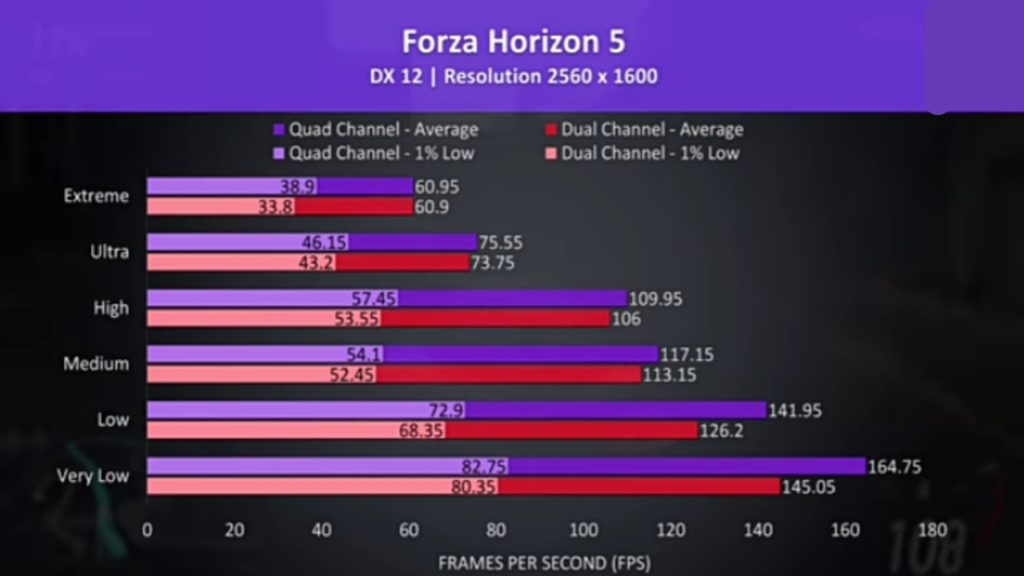
Let’s start out with Forza Horizon 5, which was tested with the game’s benchmark. I’ve got the results from just the G14’s soldered memory only shown by the red bars, and with the memory stick installed shown by the purple bars, as well as all available setting presets with lowest down the bottom to highest up the top.
We’re looking at a 14% boost to average FPS at very low settings, while the highest extreme settings had basically no difference to average FPS, however, there’s still a 15% boost to the 1% low, so fewer dips in performance.
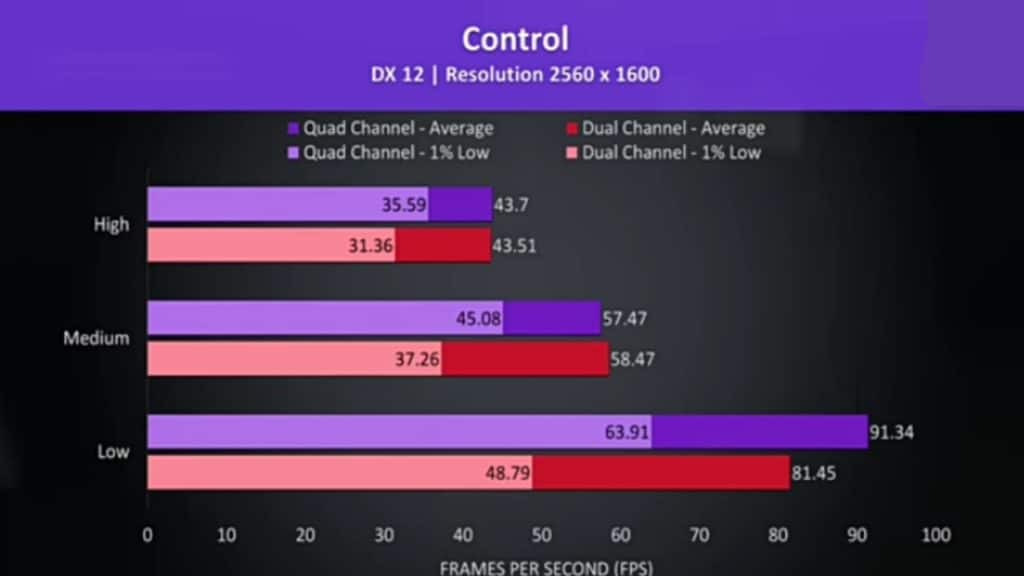
Control is a GPU-heavy game, which is why the difference to average FPS at high and even medium settings was basically nothing, however again like the last game we’re still seeing decent boosts to the 1% lows which would result in a more consistently stable experience. Lower settings see bigger differences with the memory change, we’re looking at a 12% boost to average FPS here or a massive 31% improvement to the 1% low.
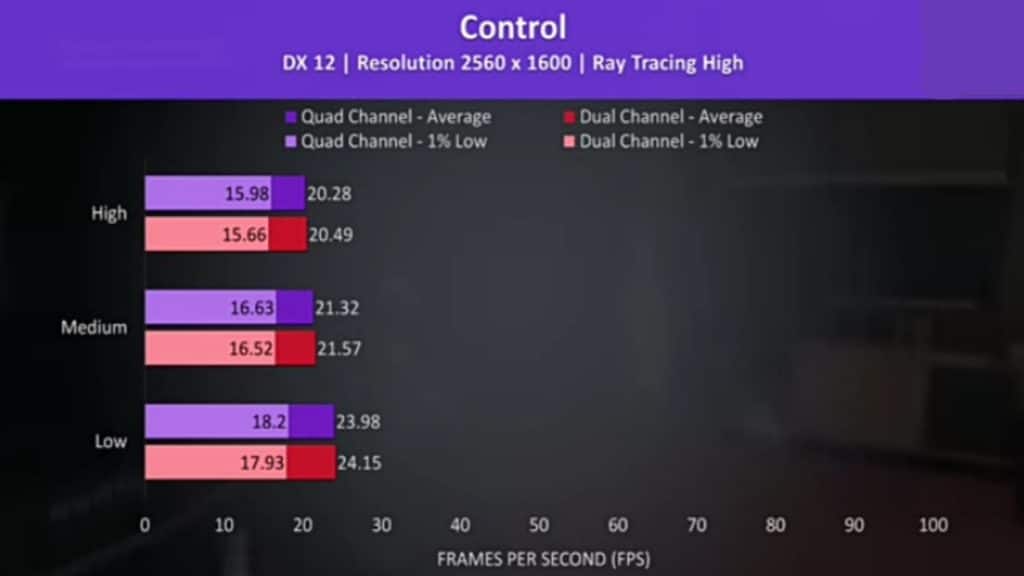
We’ve also tested with ray tracing enabled just to demonstrate that the memory change doesn’t matter at all when we’re super GPU bound. Even at low settings, results are absolutely within the margin of the error range.
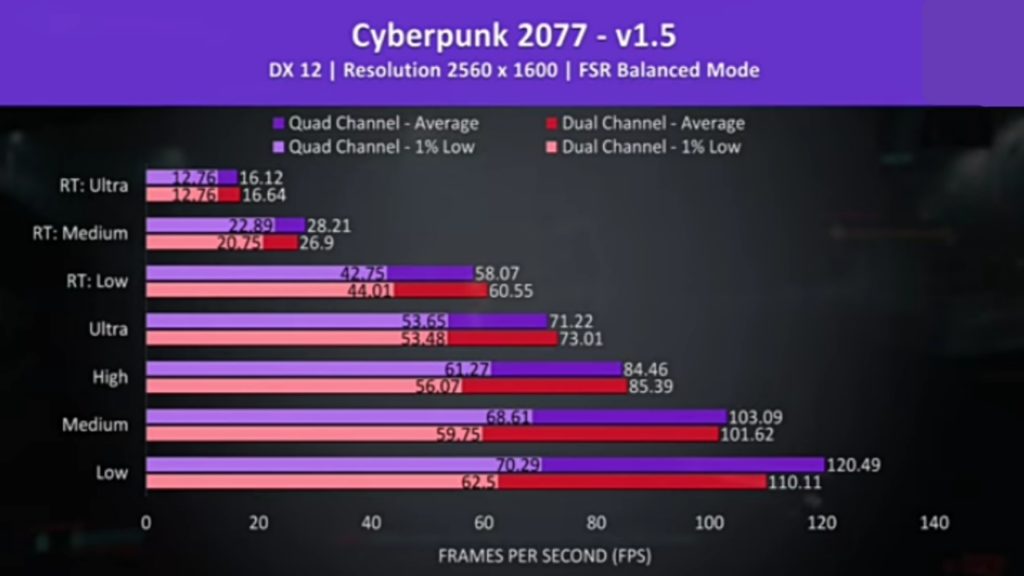
Cyberpunk 2077 saw similar results with its highest RT setting presets and FSR on balanced, a couple of FPS differences either way to both average FPS and 1% lows, nothing major. Meanwhile, low settings were 9% ahead in terms of average FPS with the memory stick installed and 12% ahead for the 1% low.
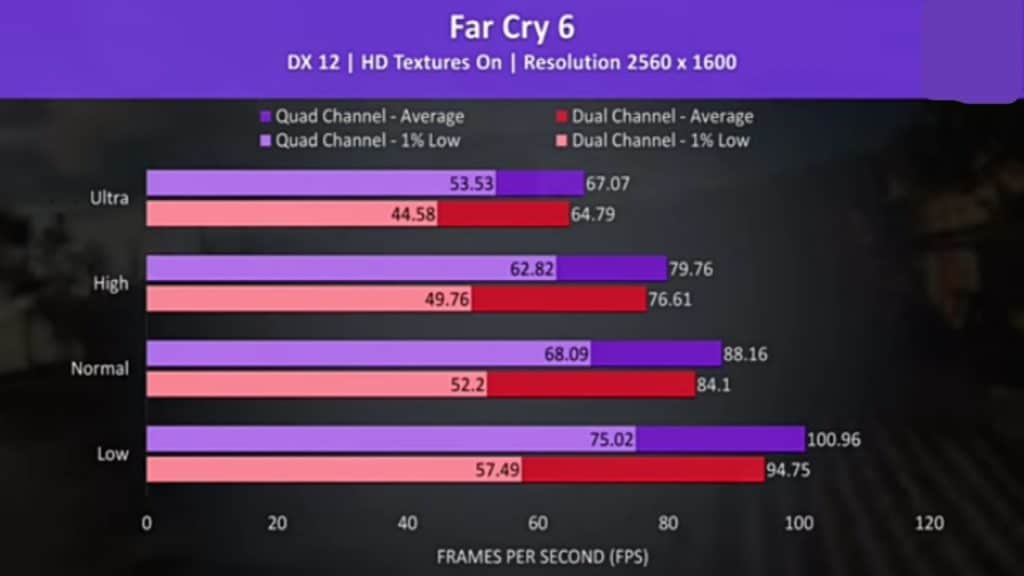
Far Cry 6 was tested with the game’s benchmark and had some fairly massive differences in terms of the 1% lows even at this relatively high resolution where you’d expect us to be GPU bound. We’re looking at a 30% higher 1% low at low settings and 20% higher at max settings, which basically means less stuttering with the memory installed, even if the average FPS gains aren’t as large.
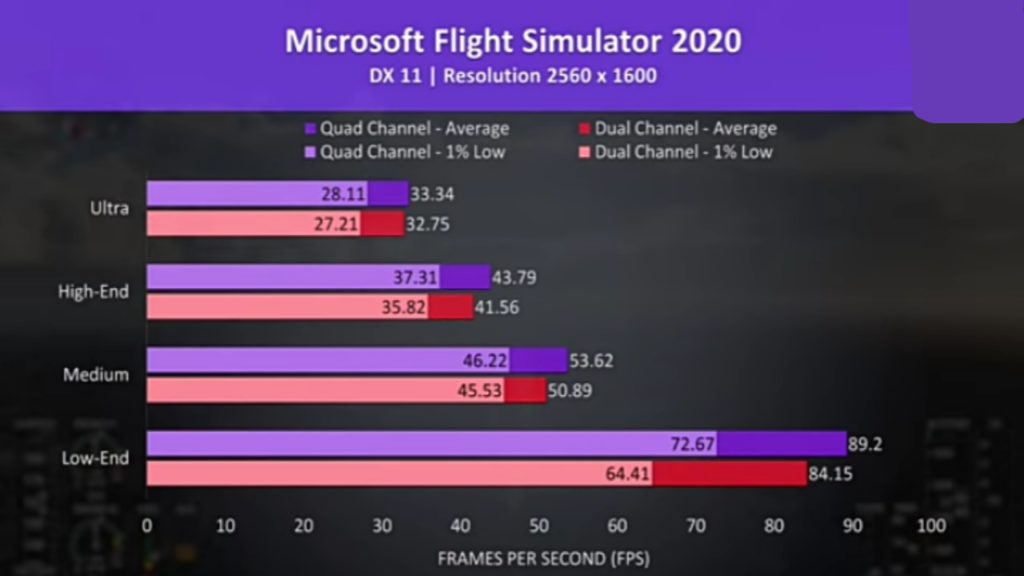
It’s a similar deal in Microsoft Flight Simulator, which was tested in the Sydney landing challenge. Less than a 1 FPS boost to both the average and 1% low at max settings, but at low settings, we’re looking at a 6% boost to average FPS with the memory stick installed, though perhaps more importantly a 13% gain to the 1% low.
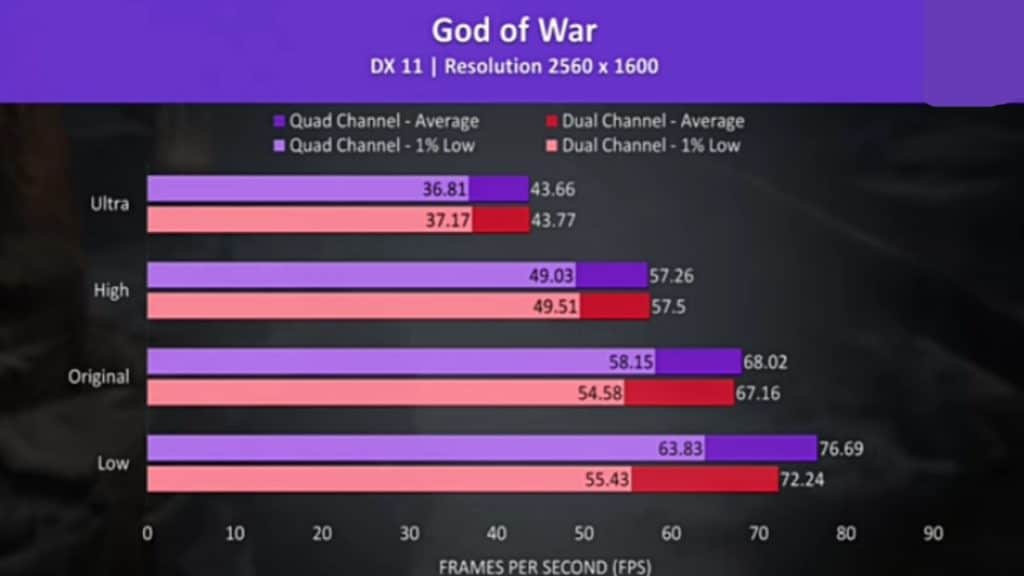
God of War shows more of the same. There’s no difference at high and ultra setting presets with the biggest change seen at low settings. Honestly given high settings are near 60 FPS and we could still turn on FSR to boost this further I really don’t think some games need the extra memory installed. It’s not important here, but as you’re seeing it really varies by game and settings.
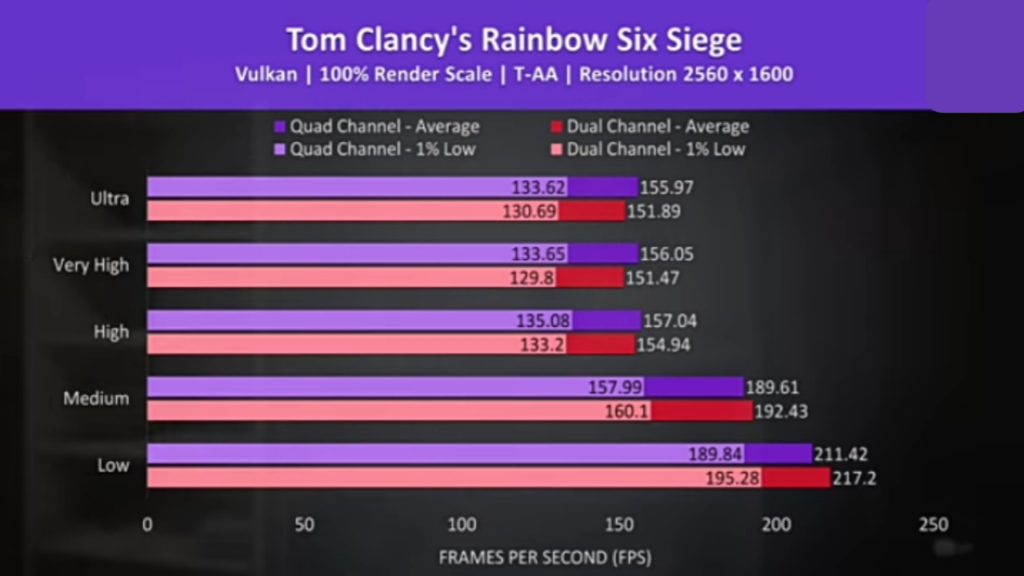
Rainbow Six Siege is a more competitive eSports title, and I was expecting to see larger differences here as a result of the memory change, but it hardly mattered at all. Generally speaking, the memory installed was better between high and ultra settings, but it’s a super small difference. I’m not sure why medium and low settings were behind, but again it’s an extremely small difference so it doesn’t really matter either way.
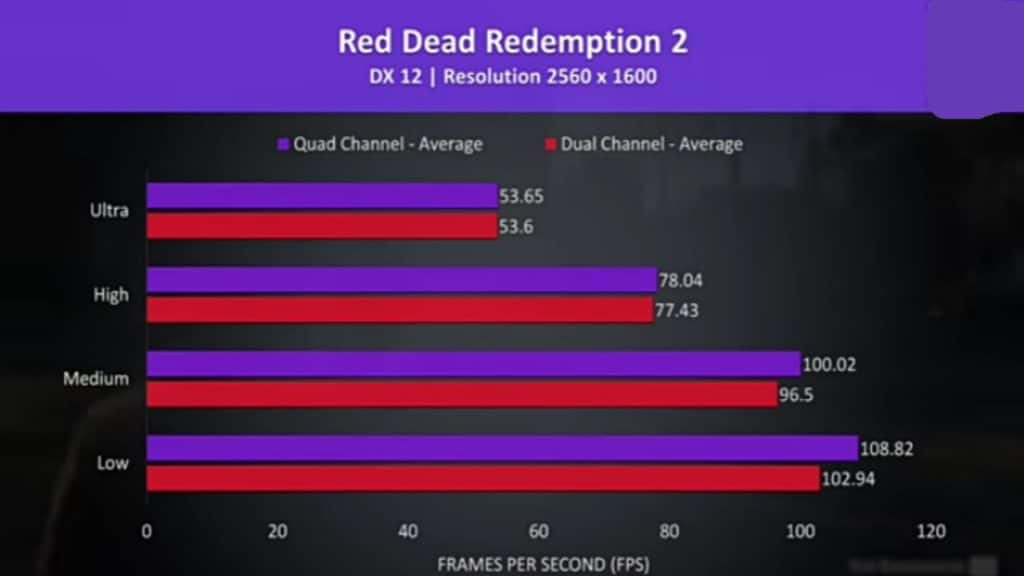
Red Dead Redemption 2 on the other hand is quite GPU heavy, so no surprise that high and ultra settings were performing basically the same whether or not we had the memory stick installed. Low settings were able to get a 6% boost with the memory installed, so not nothing, but also nothing major in this one.
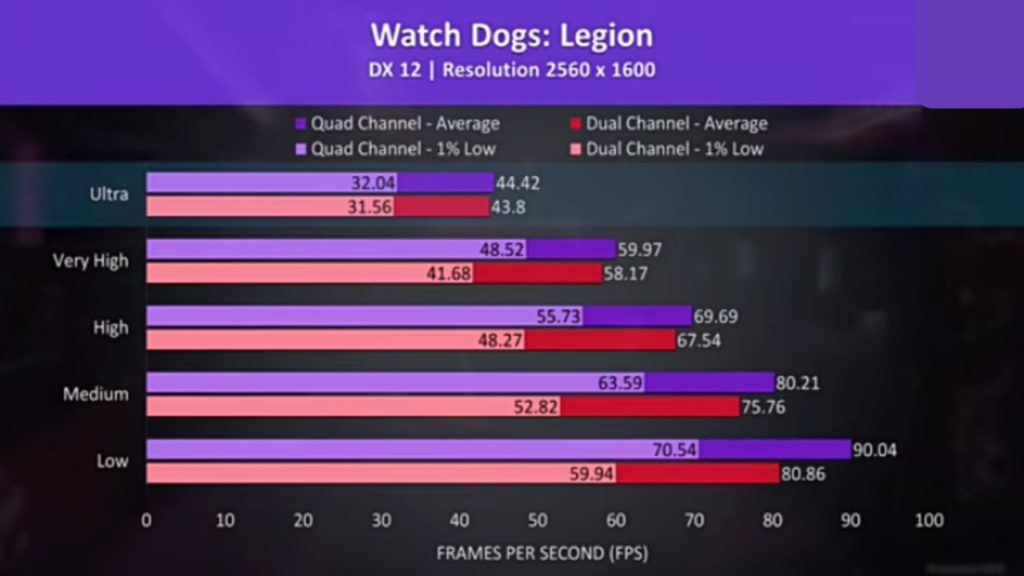
Watch Dogs: Legion also had basically no change at ultra settings, but then at all lower presets we’re seeing nice gains to the 1% lows with the extra memory. Average FPS was higher too, but the 1% low gains are the real star of the show here.
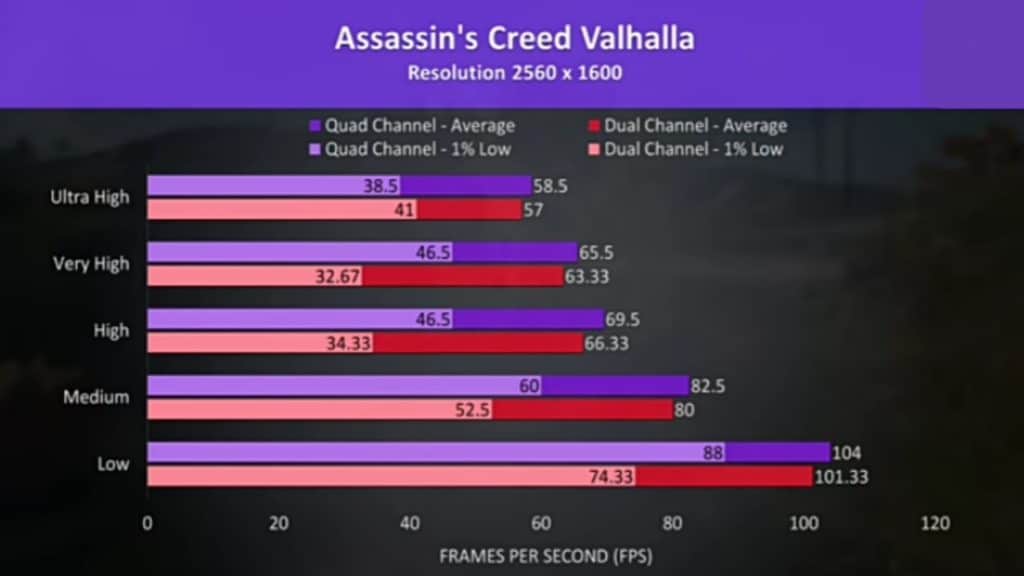
At first glance, you might think the memory difference doesn’t matter at all in Assassin’s Creed Valhalla, as we’re getting 3 FPS or fewer differences regardless of setting presets, but once again the 1% lows have some fairly big differences here, which were generally in favor of the installed memory.
10 Games Average Lowest Settings
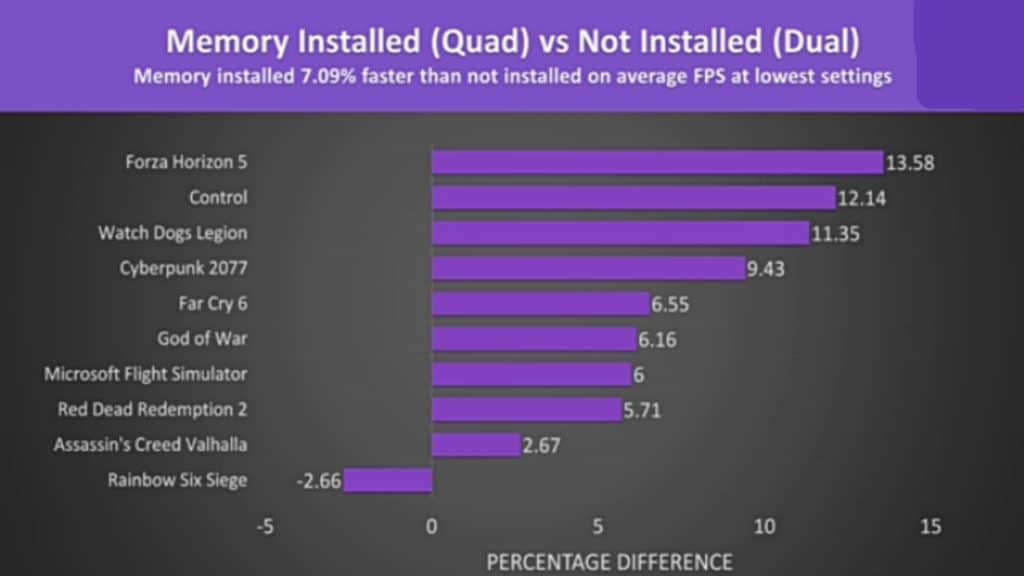
On average out of all 10 games tested with the lowest available setting preset, we’re seeing a 7% performance boost with the memory installed in the G14. Rainbow Six was a bit of an outlier down the bottom, actually doing slightly worse with the memory installed, but it’s an extremely minor difference. In most games, there was a clear improvement with the memory installed.
10 Game Average-Highest Settings
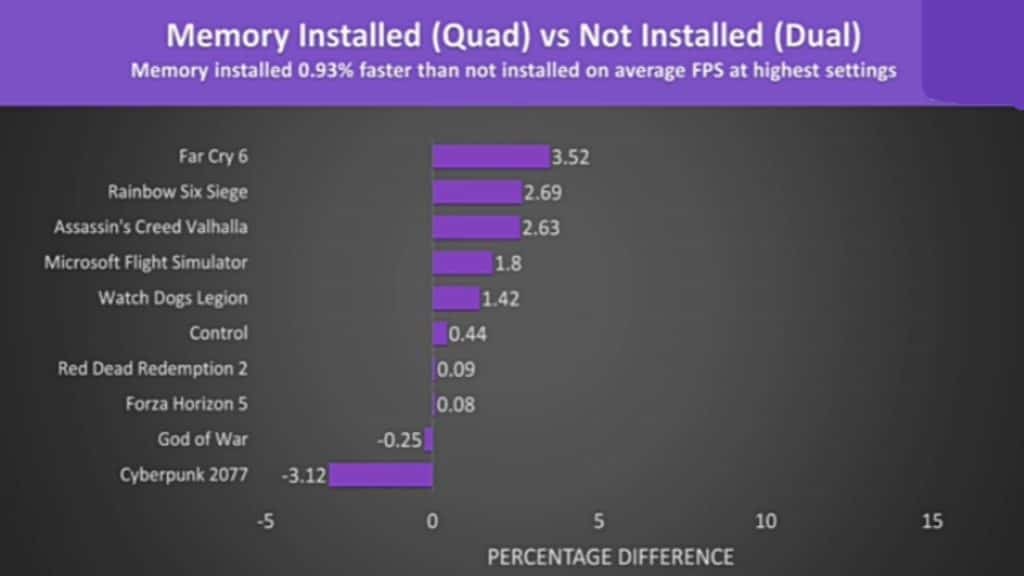
If we instead compare games with the highest setting preset, well we’re now almost 1% faster with the memory installed on average, a far smaller difference. Cyberpunk looks like a big outlier, but in reality, this was only a half a frame difference, definitely within the margin of error. Memory just matters less when we’re more GPU bound, which is typically the case in games at higher setting levels.
READ ALSO: ASUS Zephyrus G15 (2022) – How Well Does It Game?
Bigger Differences Are Possible
The differences probably would be a bit larger at a lower resolution like 1080p, but I wanted to test the G14s native 2560 by 1600 resolution. Likewise, if we tested with the integrated graphics enabled then the memory difference might make a bigger difference there. But again, as the G14 has a MUX switch I figured most people playing games will probably take advantage of that feature to get the best performance in games. So all testing was done with the integrated graphics disabled.
Content Creator Test
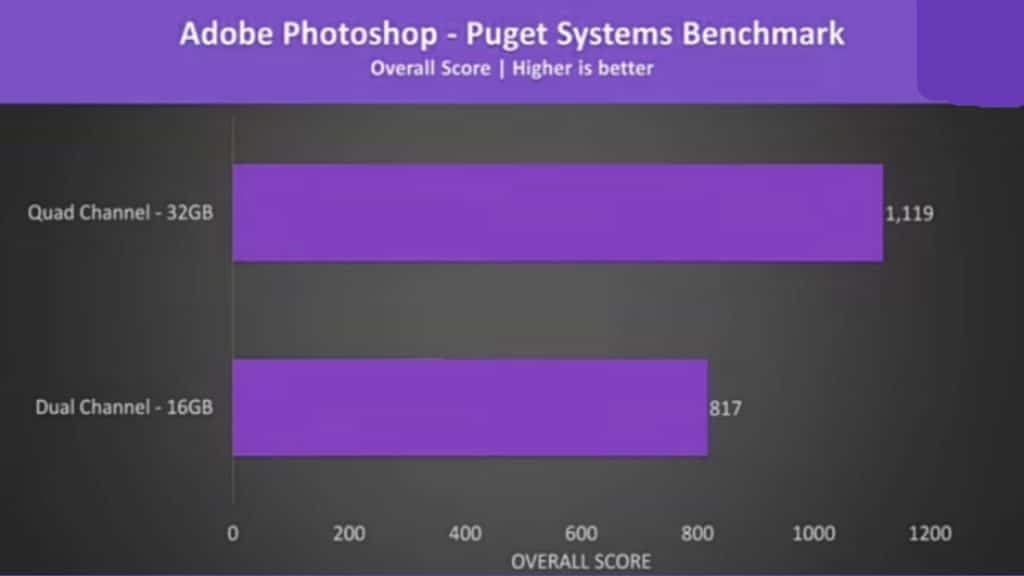
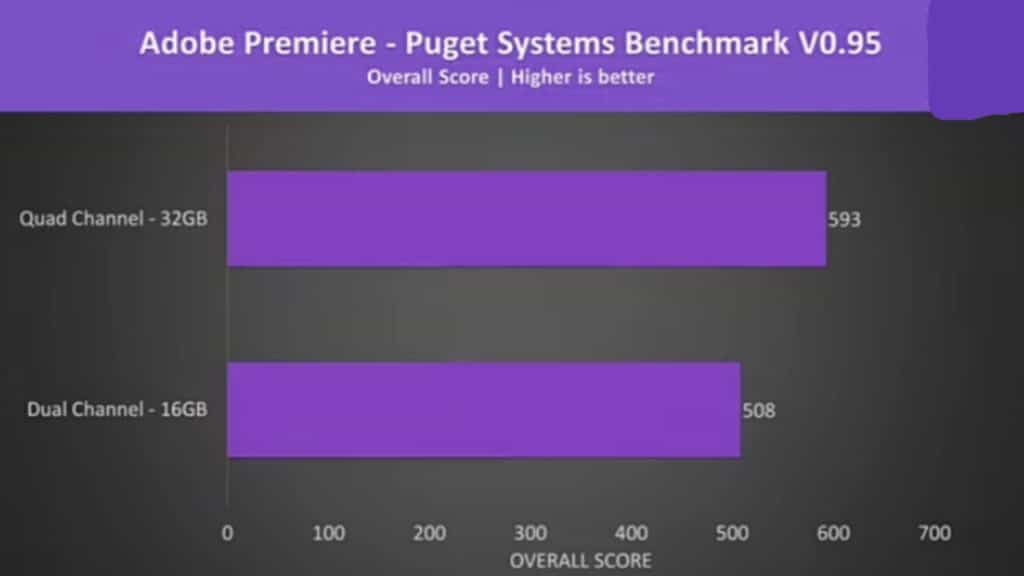
It’s not all just about gaming though, other workloads had much bigger improvements with the memory stick installed. Compared to the games, content creator workloads had a much larger difference with the memory installed. It’s possible, even likely, that some of this is due to the additional capacity, as we’re going from 16 gigs of available with just the laptop’s soldered memory to 32 gigs with the stick installed. This performance difference doesn’t really seem to matter in most games based on my own testing, but other applications like these can clearly use it better.
Where Memory Size Matters
As total memory capacity can affect creator workloads more than games, I’d say that those benchmarks are only useful specifically for the G14 if you need to add an extra stick. Because the act of doing that is going to increase the memory capacity regardless, but unlike the games, I wouldn’t really be confident in saying it’s a good example of the difference of going from dual channel to quad-channel.
Do You Need RAM Stick Installed In G14 2022?
So long story short, do you actually need a memory stick installed in your G14? It’s definitely not critical for games that are GPU heavy, especially at the native 2560 by 1600 resolution, but at lower resolutions, games with lower setting preset, or competitive games where you want to reduce system latency, it certainly can make a difference.
